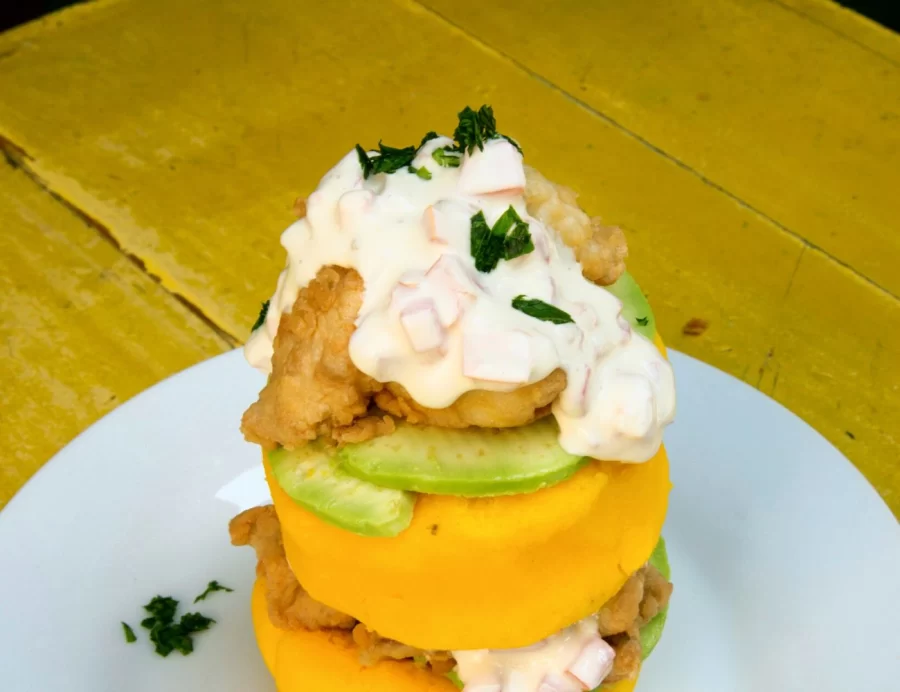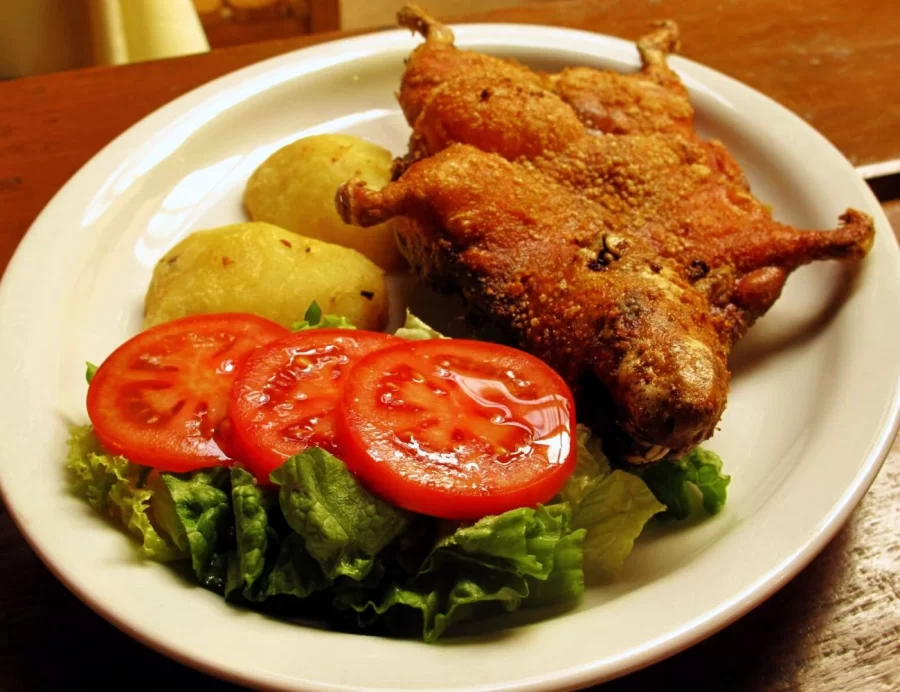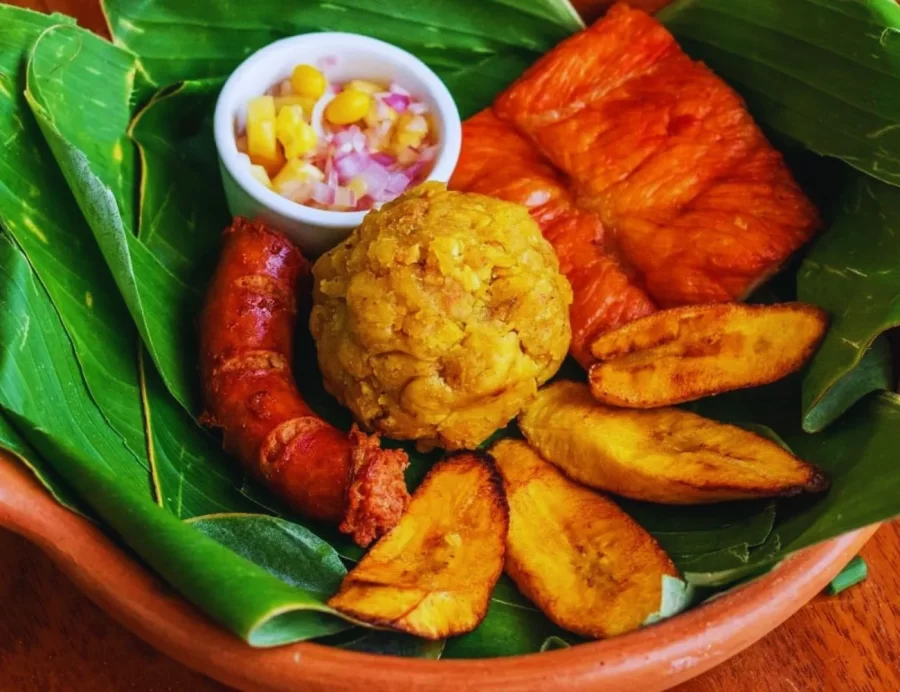Table of Contents
The main characteristics of the Peruvian gastronomy are the chili pepper and the rocotos, because they are products domesticated in these lands, during the beginnings of the civilization.
And it is an ingredient that has been present not only in Peruvian kitchens, but it was also a product present in the offerings, being even represented in ceramics and painting, in ceremonial bowls and ornaments such as gold and silver necklaces.
Some of Peru's representative dishes have chili as their main ingredient, such as aji de gallina, huancaína sauce, stuffed rocotos, the acclaimed ceviche, among others.
The most representative drinks of Peru are undoubtedly the ancestral drinks such as the sacred "chicha", which is prepared with corn ferment, and the frutillada which is prepared with the same base of chicha with added strawberries.
Some other drinks are the chicha morada, which is prepared with purple corn with cinnamon pineapple and chopped apples, ideal for refreshing lunches.
The Pisco Sour prepared with distilled grapes from Ica, is ideal to accompany a good ceviche on summer evenings.
While in the jungle, you can taste more exotic drinks such as Masato, a fermented drink based on yucca, currently known as "the beer of the jungle". The Aguajina, made from aguaje, Chapo made in a similar way to Masato but with ripe bananas, Agua de Cocona, tumbo soft drinks and many other drinks made from the fruits of the jungle.
Peruvian gastronomy is very marked in each territory, it is very easy to differentiate when a dish is from the Amazon or the coast, mainly because the people from ancient times domesticated products, resources and inputs more accessible and closer in each area, developing the beginnings of Peruvian cuisine.
This is how the coast, Andean and Amazonian, its dishes, which are not only typical gastronomy, but also represents a long cultural trajectory that encompasses a broad traditional and historical aspect, which is today part of the identity of Peruvians.
Here is a list of the most representative dishes of each region of Peru:



Peru is a country that throughout history has received different groups of immigrants from different continents. This has generated a great impact and change in the customs and of course in the gastronomy.
The foreign immigration to Peru, begins with the time of the European conquests during the sixteenth century, this is a time that revolutionized many cultural, traditional and gastronomic aspects, came to our lands, new ingredients and fused with local ingredients are born by Italian influence, green noodles, noodles to the huancaína, red noodles with chicken.
With Asian influence, the use of rice, the use of the WOK frying pan, the lomo saltado, chaufa rice, the use of vinegars, and the use of soy sauces were born.
